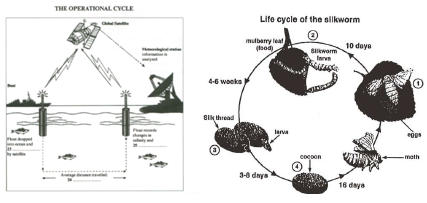Title: Drying Silk Comforters: A Guide to the Best Methods
If you're looking to dry your silk comforters, this guide will help you find the best method. Silk is a delicate material that requires special care when being cleaned and dried. It's important to use the right drying techniques to ensure your comforters retain their quality and longevity.One of the most effective ways to dry silk comforters is to use a drying machine with a delicate cycle or hand wash them in cold water with a mild detergent. Avoid using hot water or strong detergents, as these can damage the silk fibers. After washing, gently squeeze out the excess water and lay the comforters flat to dry.Another good method is to use a silk-specific drying spray or fabric conditioner to help restore the silk's natural elasticity and luster. These products can also help protect the silk from future stains and wear.Regardless of which method you choose, make sure to follow the care instructions provided by the manufacturer of your silk comforters for best results.
Silk comforters are a luxurious and essential bedding item for any household. They offer a range of benefits, including providing warmth, comfort, and a barrier against allergens and dust mites. However, one of the challenges with owning a silk comforter is keeping it clean and well-maintained. One of the most important steps in maintaining a silk comforter is drying it properly.
In this guide, we will explore the best methods for drying silk comforters. From air drying to using a dryer, there are a number of options available. Each method has its own advantages and disadvantages, so it is important to choose the one that best suits your situation and preferences.
1、Air Drying
Air drying is a natural and gentle way to dry silk comforters. By hanging them up outside or inside, you can let the air circulate through the fabric and help remove moisture. This process can take several hours to several days, depending on the size of your comforter and the conditions of the air.

One of the main advantages of air drying is that it does not require any additional equipment or heat sources. However, it does require a significant amount of time and patience. Additionally, if the air is too humid or too cold, it can affect the drying process and even damage the silk fabric.
2、Using a Dryer
Another option for drying silk comforters is using a dryer. Dryers are convenient and relatively quick, but they do have some disadvantages. One major concern is that dryers can shrink silk fabric if not used properly. To avoid this issue, it is essential to set the dryer to a low-heat setting and to use a gentle cycle.

Another issue with using a dryer is that it can affect the texture of the silk fabric. The heat from the dryer can cause the silk fibers to become brittle and less smooth. This can make the comforter feel less comfortable when you use it.
3、Other Drying Methods
In addition to air drying and using a dryer, there are some other drying methods that can be effective for silk comforters. For example, some people use silica gel packets or rice to absorb moisture from the comforter. These methods are generally safe and effective, but they may not be as convenient as air drying or using a dryer.

When it comes to drying silk comforters, there are a number of factors to consider. The type of fabric, the size of the comforter, and the conditions of the environment all play a role in determining which drying method is best for you. It is important to choose a method that will not damage the silk fabric or affect its performance as a bedcovering.
In conclusion, drying silk comforters can be challenging but also rewarding. By following these guidelines and taking into account all of the factors mentioned above, you can find a drying method that best suits your needs and preferences. Whether you choose air drying, using a dryer, or another method altogether, make sure to take care of your silk comforter so that it remains clean and usable for many years to come.
Articles related to the knowledge points of this article:
The Timeless Elegance: An Exploration into the World of Hermès Ties
Title: The Best Brand for Ties: A Comprehensive Guide
Title: Mastering the Art of Tying a Tie: A Comprehensive Guide
Title: The Little Sweetheart and the Little Tie
Feathered Jeans: A Fashion Story
Title: The Art of Tie Tying: A Comprehensive Guide to Tie Pictures



